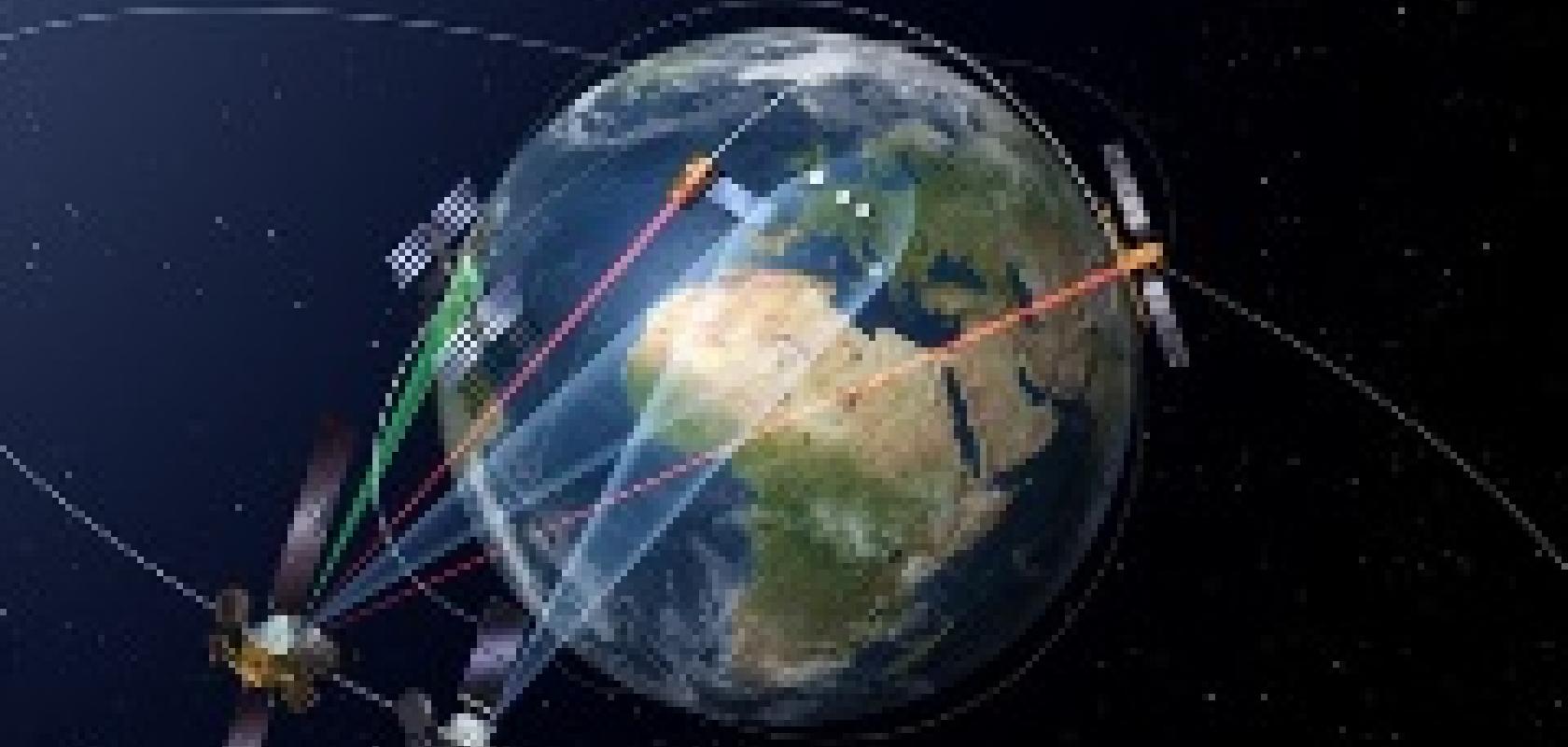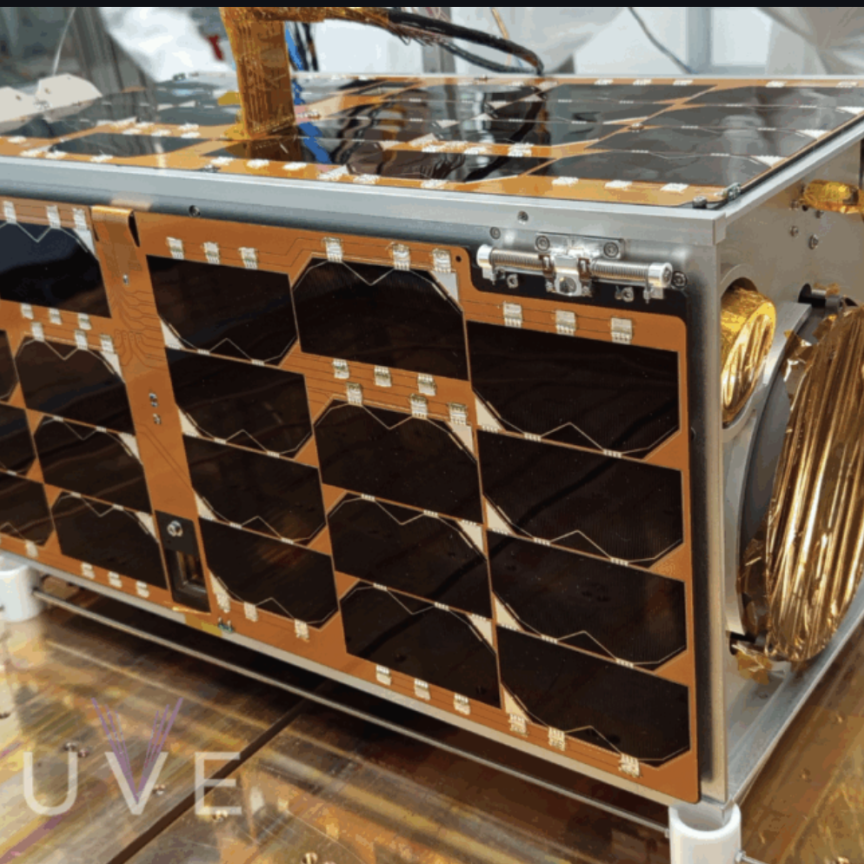At Photonics West, Jessica Rowbury spoke to Bridgesat, a company developing the ground infrastructure for satellite communication
To enable free-space optical communication, a technology that will transform the way data is transferred to and from space, the equipment on the ground is just as important as the technology in space.
Optical communication is able to provide data rates as much as one hundred times higher than current systems, which would help to advance scientific discoveries and improve earth monitoring and mapping.
Bridgesat is a company that’s working to position itself as a ground network to allow optical communication to become fully operational.
For this network to exist, optical communication hardware first needs to make its way into space. So, the firm is both developing its own hardware, but also developing partnerships with existing manufacturers, to speed up the deployment of the technology on satellites.
Rizwan Parvez, vice president of systems development and integration and founding member of Bridgesat, likened it to a mobile phone provider such as EE or Verizon – the phone its customers use doesn’t matter, as long as they’re using its network. ‘Ultimately, I don’t really care whose space terminal makes it onto a satellite; all we want to see is satellites adopt optical communication – because we want them to be there to feed the data into our network,’ he said.
Bridgesat will provide the huge capital needed to build the ground infrastructure, and companies using optical communications on satellites will beam their data down through Bridgesat’s ground network and pay a small service fee.
Currently, the firm is targeting smallsat companies, because this is the sector experiencing the highest growth, according to Parvez. ‘That’s the part of the space community where the numbers are growing.’ He pointed to Elon Musk’s SpaceX, one of several companies that have thousands of satellites in space.
However, for optical communication technology to exist on these small, light and low-cost instruments is a huge challenge, particularly as lots of the equipment that exists today was developed through government-funded projects, ‘which created very capable hardware, but also very expensive hardware,’ Parvez said. ‘The market is somewhat limited because of how the technology was originally funded.’
Smallsats are orders of magnitude lower in cost than traditional satellites, Parvez noted, so ‘for optical communications to be adopted by them, we need to bring solutions to them that are also complementary or orders of magnitude less [in price].’
All of the existing manufacturers in the optical communications area – which Parvez said tends to be aerospace component providers – are working on bringing costs down, which Bridgesat is monitoring. But, in the meantime, the firm is working with companies to develop very low-cost systems that the smallsat community can adopt.
This involves keeping an eye out for technology coming out of universities and heavily-funded research labs, but also commercialised products in exhibition halls such as Photonics West.
Sometimes the company ‘plays matchmaker’ with satellite companies, OEMs and system manufacturers, pairing companies based on the price or size specification that’s trying to be achieved.
‘We look at where all of the new technologies are emerging. We matched our first customer with a laser communications terminal,’ he said. This customer had a cubesat, a satellite in the shape of a cube that weighs no more than 1.33kg, meaning that there was extremely limited space for additional hardware.
Technology in the fibre optics industry could also be borrowed for space, Parvez noted, despite having to adapt the equipment to withstand very different conditions. ‘There are still some ways you can use hardware that the fibre optic industry has spent billions of dollars developing.’
According to Parvez, this year will see the first optical communication payloads using Bridgesat’s network. The firm anticipates that in 2020 and beyond, once these companies reach the constellation phase, the numbers will be in the range of dozens.
However, if a large smallsat company like SpaceX – which has expressed an interest in optical communications architecture – adopts the technology, then the numbers will be much higher. ‘Look at their [SpaceX’s] numbers – all of a sudden the amount of optical communication systems being utilised could explode,’ Parvez said.


